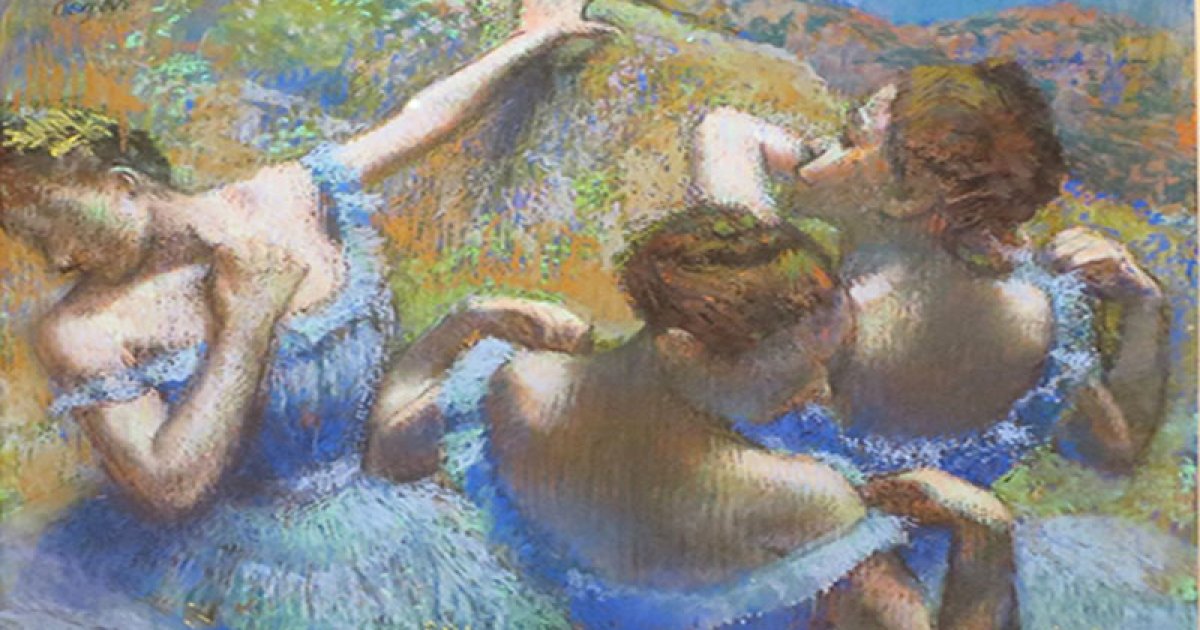PUSHKIN MUSEUM, Degas Ballerinas Behind The Scenes Room 21 22
 Language: English / USA
Language: English / USA
In this museum, you can admire five works by Hilaire-Germain-Edgar Degas, a French painter and sculptor, who was very involved in the Impressionist movement, albeit with a very personal style and technique that diverged slightly from Impressionism.
While the Impressionists painted their works in one sitting, often in the open air, giving more importance to light and color than to drawing, Degas preferred to prepare for his works by making preliminary sketches and mainly painting in his studio. However, he is considered an impressionist artist both because he participated in almost all the exhibitions organized by this movement, and for his use of color.
One of Degas' favorite subjects was undoubtedly his dancers, a theme that is still more popular than any other that he explored. This museum exhibits four canvases that depict dancers. At the time, paintings of young dancers were very fashionable, and were therefore easier to sell.
Although Degas was initially particularly interested in the physical movement of dancing ballerinas, towards the end of his career he chose to portray them not as they danced with elegance and grace, but he captured them in slightly awkward positions.
The work that critics think best represents that period is the pastel drawing Ballerinas behind the Scenes, also known as Blue Dancers, 1897, characterized by the perfect harmony of colors.
Through the use of pastels, Degas succeeded in obtaining an extraordinarily rich texture and impressive color shading. See how the thin strokes of pastel go in different directions, creating blue shadows and reflections of light on the dancers' hair.
Looking at this masterpiece, it's difficult to tell whether it represents four dancers or the same dancer reimagined in four different moments of her ballet, and yet, if you lose yourself in this wonderful painting, you’ll see the magic of dance and painting come to life before your eyes.
Interesting fact: Towards the end of his life, Degas lost his sight and could no longer paint, but he continued his artistic work with sculpture, using only his sense of touch.



